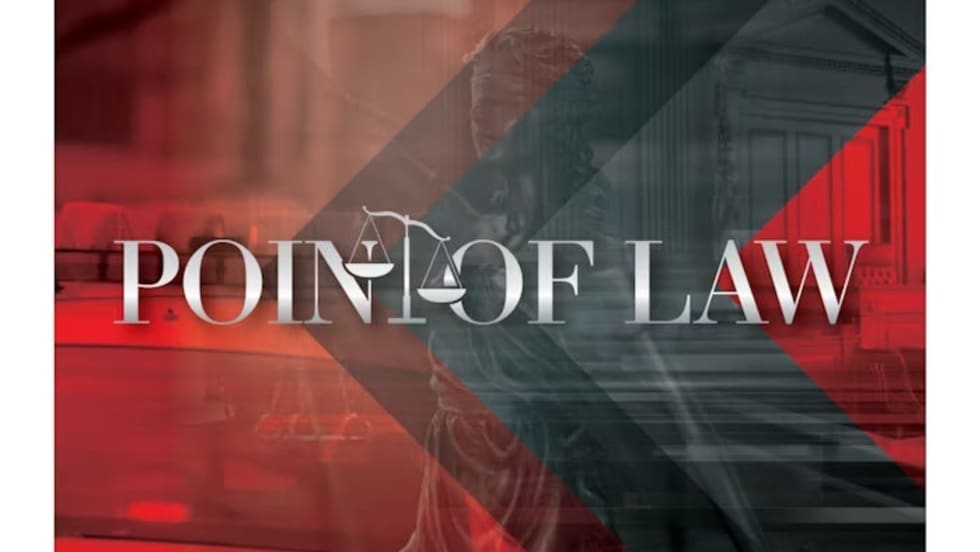Originally, officers were authorized to use deadly force to “protect the peace officer or another from apparent death or great bodily harm.” But the updated language cut the word “apparent,” and added three requirements to justify that use of deadly force. Specifically, the officer must be able to articulate the threat and the danger must also be likely to occur unless an officer takes action.
The law enforcement organizations argued that a person cannot be compelled to testify against themselves in a criminal proceeding, as it would infringe on an officer’s fifth amendment right. They also argued that agencies have not been able to provide training on the revised language, as the Department of Public Safety and the Minnesota Peace Officers Standard And Training Board have not provided heads of local law enforcement with the necessary guidance.
The governor argued that the plaintiffs lacked the standing to sue, but Judge Leonardo Castro disagreed.






